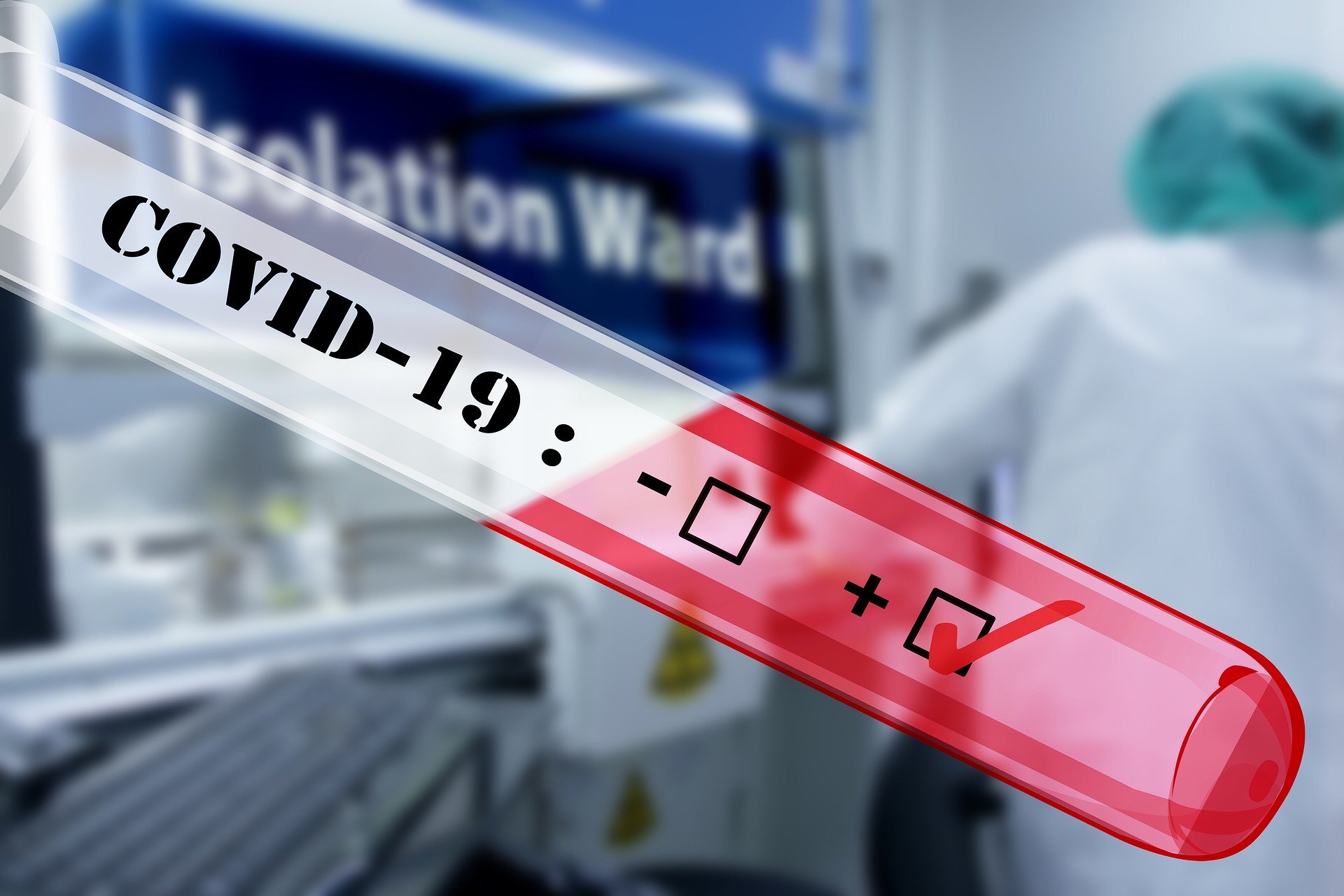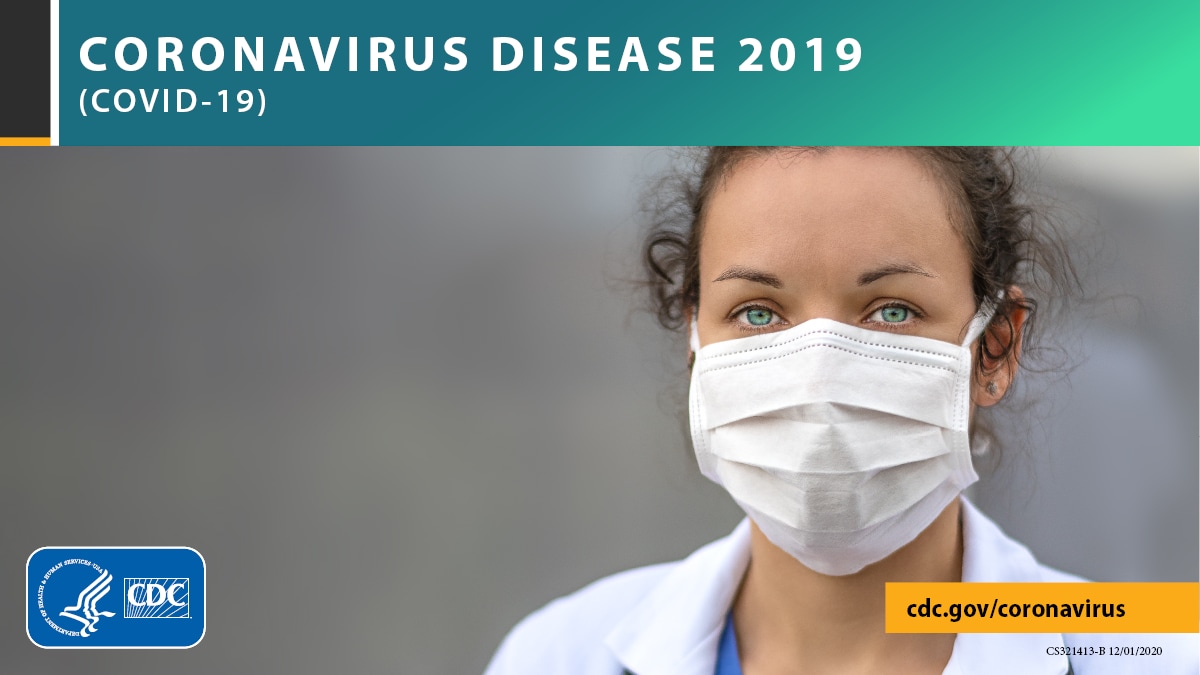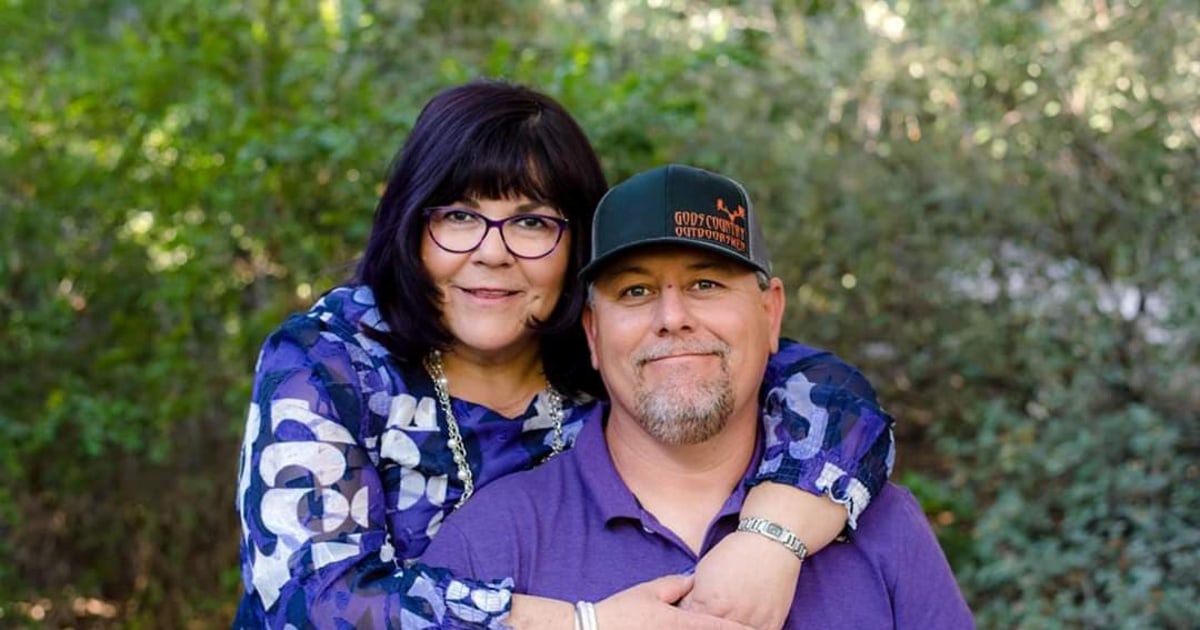pheesh,From July 16

How deadly is the coronavirus? The true fatality rate is tricky to find, but researchers are getting closer
Early reports from January painted a grim picture about just how deadly the coronavirus was. On March 3, the Director-General of the World Health Organization (WHO) said that "Globally, about 3.4% of reported COVID-19 cases have died." At the time, it was unclear whether the number of confirmed...medicalxpress.com
Still, since estimates of the actual infection and death numbers are far more accurate today than at the beginning of the pandemic, the current estimates of between 0.2 to 1% are better as well. The CDC suggests that an IFR of 0.65% is the current best estimate.
It is important to remember that these estimates of infection fatality rates reflect the risk for the average person. Many people will face higher risk and many will face lower risk.
Older patients or those with preexisting conditions like diabetes, high blood pressure or heart disease are likely at higher risk than the average person. Younger people without significant prior health conditions are at substantially lower risk than the average person. Additionally, access to health care is an important factor in mortality from COVID-19.
Finally, the infection fatality rate is not set in stone—it is an estimate of what happened in the past, not a predictor of what will happen in the future.
The IFR is the global rate, meaning across the population how many fatalities, accounting for all ages & sex, using an estimate for total infections.
using that as the .2% to 1% range, deaths range from 21 (10% infected,0.2% IFR) to 1060 (100% infected, 1% IFR)
View attachment 8792
Why are you ignoring the age group factor? All you are doing is multiplying the IFR by the number infected without accounting for the age group bias. Again, I used a 100% teacher infection rate to keep it simple and look at worse case. But the biggest factor for teachers is the fact that most of them are not in the high risk category (over 70 years old). Based on Ohio stats, 77% of deaths are in the over 70 group. The IFR includes all age groups so you can't just use one IFR rate un-adjusted for all age groups. What are the age group percentages? Here they are from the Ohio covid site:





